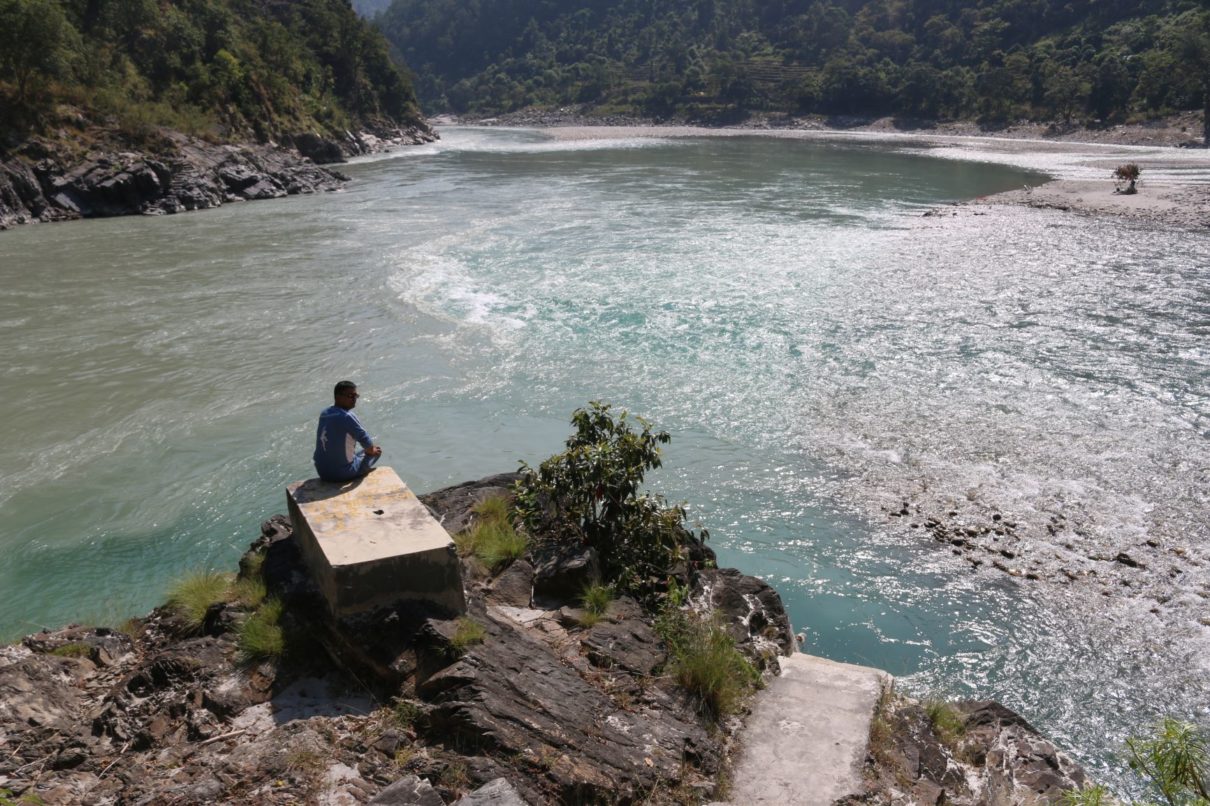Leader/businessperson
In the preceding section, the article demonstrated how the traditional route for the party leadership has weakened. As a result we see a new set of leaders emerging for future leadership. These are people who have won the local elections. These leaders may have come from the aforementioned fraternal organizations of their respective parties. But that is not a very important marker. What really counts is the fact that the person concerned not only enjoys a popular base (not necessarily in the positive sense of the term) but is also financially independent. The elected member of the local body may be a local businessperson or a contractor. Therefore, a new crop of leaders are in the making who are themselves patrons and don’t rely on the business community for resources. This marks an important departure in the leadership race. The present crop of leadership of parties’ fraternal organizations doesn’t necessarily have the same leverage as their compatriots leading the local bodies. Additionally, those elected to local bodies also act as an important life line for the parties when it comes to securing resources. Hence, they generate their own network, which when scaled up can be used at national level as well. Further, it is these elected members in the local bodies with whom the public will identify the parties as they encounter these leaders on an everyday basis. Technocrat as policy leader The other segment of the potential leadership comes from people with technocratic/bureaucratic expertise. These individuals necessarily don’t have to come from the rank and file of the parties, unlike in the past. The history of the political parties suggest that a section of the party leaders themselves acquired training as technocrats and then served as policy experts to their parties. The picture is somewhat different this time around. You now have a group of experts who have not risen in the party as cadre, but have made it to the top by showing their credentials as experts with considerable experience in international/intergovernmental organizations. These individuals have very little ownership in the party concerned as they have no or minuscule experience with the party governance and its working systems. Also, these leaders ‘parachute’ to the center and influence various tiers of the government. In fact, they become the sought after pundits as they also receive the backing of international institutions/centers running both political and financial global systems. In the end The preceding sections have shown how a new leadership is likely to emerge in the Nepali party system. If these are any indications to go by, then a segment of the aspiring leaders who are patronized by the top party leadership will find it difficult to compete with the aforementioned two sections of potential leaders. The former is neither financially autonomous nor has enough technical expertise to prove their mettle. The days after the elections could point to interesting directions from the perspective of future leadership.











